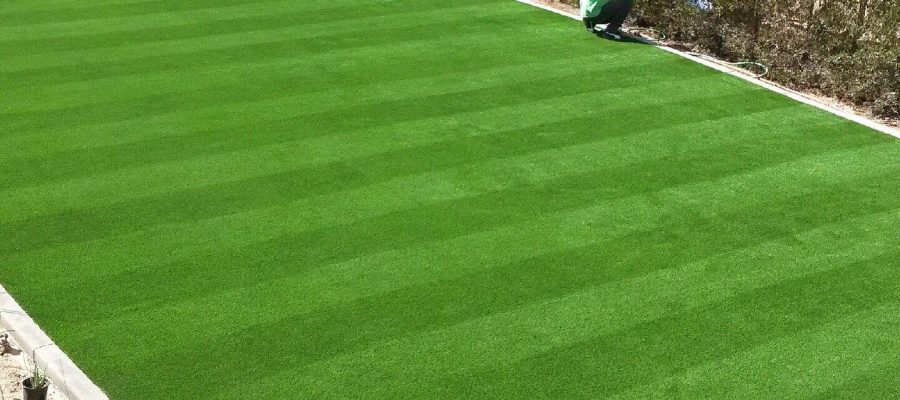Good-looking grass is very high-maintenance, and needs repeated mowing, clipping, weed-removal, and watering. Every one of these leave an adverse effect on your local natural environment- fortunately, synthetic turf provides you with a solution. With a small amount of routine maintenance needed, there is no longer the need for harsh chemical sprays and fossil-fuel-dependent lawn mowers. Artificial turf will continue to appear new for approximately Twenty years and that means you can chill out and put your feet up with the knowledge that the garden that you choose to trust kids and/or family pets to relax and play in, will stay contaminant-free.
Limits Heavy Water Usage
In order to maintain regular grass lawns regular watering is vital, particularly during Summertime, and this significant water consumption has harmful impacts on the environment. One benefit of artificial turf is that little to no watering is needed to ensure that it stays looking good. Artificial grass isn’t going to dehydrate or perish with the heat like standard grass, hence with specialists like¦, you do not have to squander irreplaceable water resources on grass lawns.
Conserving resources like water has grown to be more essential and ought to contribute to your personal choice of grass. Synthetic turf is only going to demand hosing down if mud or dirt has to be removed, and usually a bit of rainwater can do this job on your behalf!
Lessens Greenhouse Gas Pollution
If reducing your carbon foot print is essential to you then artificial turf is definitely the best option. The low upkeep that it requires means that minimal equipment is needed- no lawn mowers, grass trimmers, or scarifiers necessary, all of which use fossil fuels. Artificial grass is always trimmed and weedless from the moment it is installed, and that will mean you don’t have to rely on any type of damaging lawnmowers or cutters.
Not using these particular pieces of equipment will decrease your petrol and diesel consumption, and as a consequence decrease greenhouse gas pollution.
No Need For Harsh Chemicals
Grass demands the use of fertilisers, pesticides, and other harsh chemicals to kill weeds and to keep your grass looking fresh. In addition to being made from materials such as fossil fuels (further increasing greenhouse gas emissions), you can run the risk of your grass becoming toxic. This creates a dangerous environment, especially for pets and children.
Safeguards Nearby Aquatic Life
Another adverse effect of applying harsh chemical contaminants on grass is dangerous contaminated run-off that occurs when it rains. The rain carries the harmful chemicals that are upon the grass across surfaces and can wind up in nearby water systems, including ponds and streams, in some instances wiping out the marine life. Significant levels of hazardous chemical contaminants running into aquatic environments can also cause algal blooms, which severely lowers the oxygen concentrations within the water. The fish can then get sick and/or die, causing a population decline, and decreasing regional biodiversity.
Often these agal blooms may also become dangerous to humans since they bring about bacteria growth and increased contaminant concentrations in water. This can easily cause website visitors to become ill if they encounter the contaminated water, through either consuming the polluted drinking water or ingesting polluted fish.
Synthetic turf has no need for any harmful chemicals and provides an alternative to the harmful impacts of looking after regular grass. Click here for additional information www.artificialgrassmaintenance.co.uk

